Charles Summers (1825–1878), sculptor, emigrated to Victoria in 1854 after being diagnosed with tuberculosis. His fragile health notwithstanding, Summers took up a gold-mining claim near Bendigo, but by 1856 he’d sold it and returned to Melbourne having scored the role of supervising sculptor for the interiors of the new Parliament House. This eventually led to a number of portrait commissions, such as busts of Sir Redmond Barry, Sir Henry Barkly and John Pascoe Fawkner. As a sculptor trying to make a living in a limited market, however, Summers could ill afford to eschew less high-brow opportunities. For instance: in early 1862, soon after news broke of the tragic conclusion to the Burke and Wills Expedition, Summers collaborated with waxworks proprietor Max Kreitmayer to make a Burke-related scene for Kreitmayer’s Museum of Illustration on Bourke Street. Summers created a tableau ‘representing the arrival of Burke, Wills and King at Cooper’s Creek’, and subsequently ‘a group representing “The Death of Burke”, King being represented as bending over his deceased leader.’ ‘So perfect has been the modelling, and the arrangement of dress and other accessories, that it is at times difficult to fancy that the figures are not real’, the Argus reported. That said, Summers is arguably best known as the sculptor who was awarded the commission to sculpt the official memorial to the explorers. The work was cast in his studio on Collins Street and took two years to complete. It was installed at the intersection of Collins and Russell Streets in 1865, but was moved to make way for tramlines in 1886, and again in the 1970s for the construction of Melbourne’s underground railway system.
Batchelder’s Portrait Rooms was the name under which artists John Botterill, Frederick Dunn and John Wilson traded from 1864 until about 1880. Their advertisements of early 1865 explained that they had acquired ‘All the negatives and other portraits, the accumulation of over 11 years of Batchelder and O’Neill’s business’, and that they practised photography ‘in all its branches’, offering ‘portraits of all sizes painted or copied in the best style of art.’ The studio had been founded in 1854 by Bostonian Perez Mann Batchelder (1818–1873), who worked as an itinerant daguerreotypist on the Californian goldfields before coming to Victoria. Perez’s brothers Benjamin, Freeman and Nathaniel joined him in Melbourne in 1856, and the business became Batchelder & O’Neill in late 1857 when another American, Daniel O’Neill, joined the partnership. The studio was one of the first in Melbourne to offer cartes-de-visite and is said to have increased their popularity by producing portraits of actors and other celebrities. By the time Botterill, Dunn and Wilson acquired the firm, O’Neill was the sole partner and Perez Batchelder had long since returned to Boston. The Batchelder name, however, had become synonymous with photographic portraiture in Melbourne and remained in use until the 1890s.
Collection: National Portrait Gallery
Purchased with funds provided by Graham Smith 2009
Graham Smith (18 portraits supported)



On one level The Companion talks about the most famous and frontline Australians, but on another it tells us about ourselves.
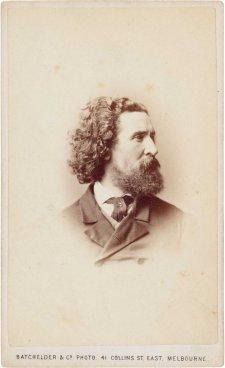
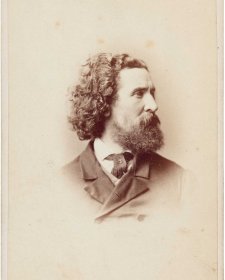
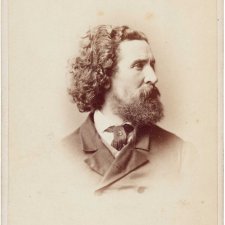
Joanna Gilmour discovers that the beards of the ill-fated explorers Burke and Wills were as epic as their expedition to traverse Australia from south to north.

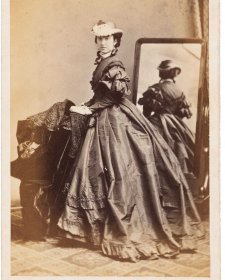
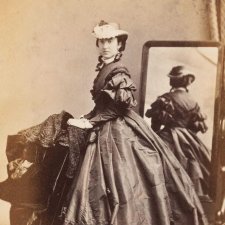
Drawn from the NPG’s burgeoning collection of cartes de visite, Carte-o-mania! celebrates the wit, style and substance of the pocket-sized portraits that were taken and collected like crazy in post-goldrush Australia.